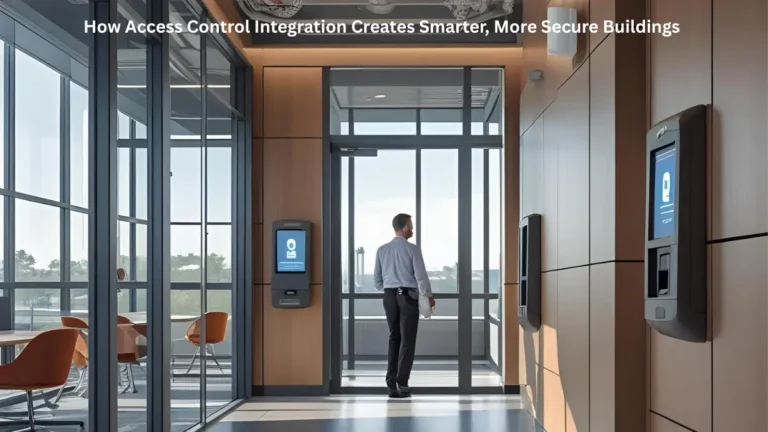Finding the right wallet to sell Bitcoin can make the difference between keeping more of your gains and watching fees eat into your profits. After testing multiple platforms and tracking the crypto market through 2024’s wild ride, I’ve narrowed down the top wallets that actually make sense for selling Bitcoin.
Why Wallet Choice Matters
Most people focus on buying Bitcoin but forget about the exit strategy. Here’s the thing—not all wallets are built for selling. Some charge ridiculous fees, others lack proper exchange integration, and a few straight-up make selling a nightmare.
The landscape changed dramatically in 2024. With Bitcoin fees hitting $91.89 during April’s halving event, choosing the wrong wallet could’ve cost you serious money. That’s why picking the best wallet to sell Bitcoin isn’t just about storage—it’s about smart exits.
Top Selling Wallets
Nakitcoins
Nakitcoins stands out as both a top crypto exchange and wallet for selling Bitcoin. What makes it unique? They allow you to buy Bitcoin with cash and even have a physical office in Turkey where you can walk in with cash and get crypto instantly deposited.
The wallet is highly protected and offers one-on-one customer support interaction. For local crypto trading, Nakitcoins provides a secure, user-friendly experience that’s easy to sign up for and use.
Coinbase
Coinbase remains the go-to wallet to sell Bitcoin for most folks, especially if you’re not trading like a Wall Street pro. It’s regulated, publicly traded (NASDAQ: COIN), and offers the smoothest selling experience I’ve tested.
Selling Features:
- Instant sell to bank account
- Multiple cash-out options (ACH, wire, debit card)
- Quick crypto withdrawals after purchase
- Built-in exchange functionality
The Fee Reality: Here’s where it gets interesting. Selling to your debit card costs 3.99%, while selling to your Coinbase fiat balance is only 1.49%. Pro tip? Always sell to your balance first, then transfer via free ACH.
Personal Experience: I’ve been using Coinbase since 2019, and while the fees can sting on small amounts, the peace of mind is worth it. Never had a single issue with withdrawals, and customer support actually responds (eventually).
Exodus
Exodus caught my attention because it doesn’t feel like using banking software from 2003. The interface is clean, and the built-in exchange makes selling Bitcoin surprisingly smooth.
What Makes It Different:
- Built-in DEX functionality for direct trading
- Desktop and mobile compatibility
- Easy deposit/withdrawal process
- Multi-crypto support
The downside? You’re trading convenience for slightly higher fees compared to dedicated exchanges. But if you value user experience over saving a few bucks, Exodus delivers.
Hardware Wallets
Ledger Nano S Plus
Ledger supports over 5,500 crypto assets and pairs perfectly with Ledger Live for selling. The setup process takes about 10 minutes, and once you’re connected, selling feels almost as easy as using a hot wallet.
Why It Works:
- Offline storage keeps your Bitcoin safe
- Integrates with multiple exchanges
- Starting at just $79 for solid security
Trezor One
Trezor One costs just $49, making it the cheapest entry into hardware wallets. While it supports around 1,000 cryptocurrencies (compared to Ledger’s 5,500+), it covers all the major ones you actually care about.
Personal Take: I bought a Trezor in 2021 and it’s been rock-solid. The plastic feels a bit cheap, but for $49, you’re getting military-grade security for your Bitcoin.
Mobile Options
Trust Wallet
Trust Wallet supports more than 100 blockchains and serves as Binance’s official wallet. If you’re already trading on Binance, this creates the smoothest selling experience possible.
Phantom
Originally built for Solana, Phantom added Ethereum support in 2025, becoming a true multi-chain wallet. While newer to Bitcoin, the 4.4/5 Google rating speaks to its quality.
Fee Breakdown
| Wallet | Sell to Bank | Sell to Card | Network Fee |
|---|---|---|---|
| Coinbase | 1.49% | 3.99% | Variable |
| Exodus | ~2-3% | N/A | Variable |
| Ledger (via exchange) | Exchange rates | Exchange rates | ~$0.79 |
| Trezor (via exchange) | Exchange rates | Exchange rates | ~$0.79 |
Reality Check: The median Bitcoin network fee in late 2024/early 2025 was roughly $0.79. The wallet fees are what really add up.
Security vs. Convenience
Here’s what I learned the hard way: the most secure wallet isn’t always the best wallet to sell Bitcoin. Your choice depends on how much Bitcoin you’re holding and how often you sell.
If you’re holding under $5,000: Coinbase or Exodus make the most sense. The convenience factor outweighs the slightly higher fees.
If you’re holding $5,000-$50,000: Hardware wallet + exchange combo. Keep most of your Bitcoin on a Ledger or Trezor, transfer what you want to sell to an exchange.
If you’re holding $50,000+: Definitely hardware wallet for storage, plus potentially multiple exchange accounts for better liquidity and rates.
2025 Trends
The crypto world loves buzzwords, but here’s what’s really changing how we sell Bitcoin:
MPC Wallets: Zengo uses multi-party computation instead of seed phrases, claiming no wallets have been hacked as of April 2025. Still early, but worth watching.
Exchange Integration: More wallets are building direct exchange partnerships. Best Wallet’s integration with Onramper is a good example of where things are heading.
Lightning Network: Support for Lightning Network enables faster, cheaper trades. If you’re doing frequent small sells, this matters.
My Setup
After using dozens of wallets and selling Bitcoin at various market conditions, here’s my actual setup:
Primary Storage: Ledger Nano S Plus (most of my Bitcoin stays here)
Active Trading: Coinbase (for quick sells under $2,000)
Large Sales: Transfer from Ledger to Binance for better rates on bigger amounts
This combo gives me security for long-term holding and flexibility when it’s time to cash out.
The Bottom Line
The best wallet to sell Bitcoin in 2025 isn’t about finding the perfect solution—it’s about matching your wallet choice to your selling strategy.
If you’re new to crypto, start with Coinbase. The fees hurt a bit, but the ease of use and regulatory backing make it worth it. As you get more comfortable and your holdings grow, consider adding a hardware wallet to the mix.
Remember: the goal isn’t to optimize every last basis point on fees. It’s to ensure you can actually access your money when you want it, without losing sleep over security.
Want more crypto insights? Check out our guide on exchanging other cryptocurrencies or explore the latest Bitcoin trading strategies.




